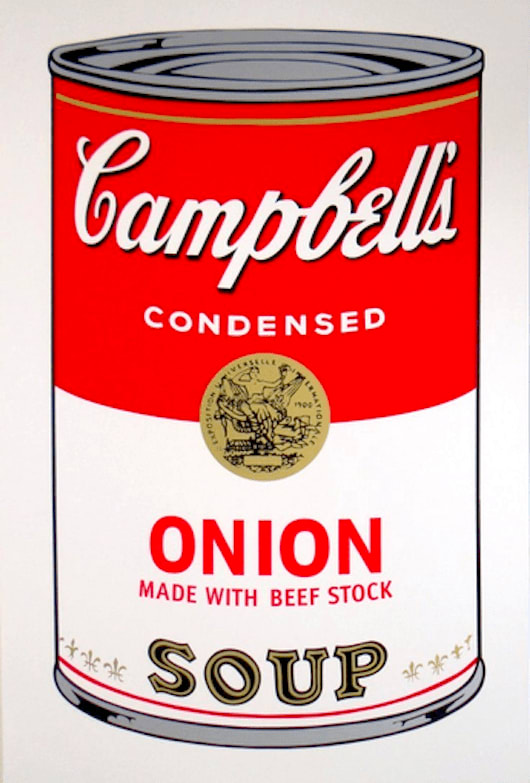-
Artworks

Roy Lichtenstein
Two Nudes (C. 284) , 1994Relief print on Rives BFK mold-made paper48 1/8 x 41 1/4 in
122.1 x 104.6 cmEdition of 40 plus 12 APSeries: NudesCopyright The ArtistRoy Lichtenstein’s Two Nudes (1994) is among the final works produced by the artist, a culmination of themes that had occupied him throughout his career: romance, desire, intimacy, and the...Roy Lichtenstein’s Two Nudes (1994) is among the final works produced by the artist, a culmination of themes that had occupied him throughout his career: romance, desire, intimacy, and the relationship between art history and mass media imagery. Executed in his instantly recognizable Pop idiom, the print presents two reclining female figures rendered in his characteristic Ben-Day dots, thick black outlines, and flattened fields of bold color.
The subject of the nude had long been central to Western art history, from the idealized forms of the Renaissance to the fractured bodies of Cubism. Lichtenstein, however, reframed the tradition by filtering it through the visual language of comic books and advertising, stripping the female body of naturalism and instead turning it into an icon of mediated desire. In Two Nudes, one figure sits upright, gazing downward, while the other lies prone across the bed, her blonde hair spilling across the pillow. The intimacy of the scene is heightened by its domestic setting, yet its stylization distances the viewer, transforming private sensuality into a bold, graphic spectacle.
The palette is deliberately restrained yet powerful: the figures’ flesh is described by Lichtenstein’s signature red dots against white paper, their outlines thick and unyielding. The background—curtains, vase, plant, and bed—anchors the composition while simultaneously reinforcing the artificiality of the scene, its flatness underscoring its status as an image rather than lived reality.
Two Nudes reflects Lichtenstein’s late-career engagement with art historical genres. Much like his Nudes series of the early 1990s, the work is both homage and critique, acknowledging the weight of artistic tradition while reframing it through Pop Art’s cool detachment. The print also speaks to broader cultural shifts: by the 1990s, the mediated female form had become ubiquitous across mass media, advertising, and fashion, and Lichtenstein’s work underscores how desire itself had been commodified.
As one of his last major explorations of the human figure, Two Nudes demonstrates Lichtenstein’s continued ability to blend eroticism, irony, and formal innovation. It stands as both a celebration of the visual power of Pop and a sophisticated commentary on the persistence of age-old themes within the contemporary image world.
For more information or to buy Two Nudes (1994) by Roy Lichtenstein, contact our galleries using the form below.
%3Cdiv%20class%3D%22artist%22%3ERoy%20Lichtenstein%3C/div%3E%3Cdiv%20class%3D%22title_and_year%22%3E%3Cspan%20class%3D%22title_and_year_title%22%3ETwo%20Nudes%20%28C.%20284%29%20%3C/span%3E%2C%20%3Cspan%20class%3D%22title_and_year_year%22%3E1994%3C/span%3E%3C/div%3E%3Cdiv%20class%3D%22medium%22%3ERelief%20print%20on%20Rives%20BFK%20mold-made%20paper%20%3C/div%3E%3Cdiv%20class%3D%22dimensions%22%3E48%201/8%20x%2041%201/4%20in%3Cbr/%3E%0A122.1%20x%20104.6%20cm%3C/div%3E%3Cdiv%20class%3D%22edition_details%22%3EEdition%20of%2040%20plus%2012%20AP%3C/div%3E%3Cdiv%20class%3D%22series%22%3E%3Cspan%20class%3D%22artwork_caption_prefix%22%3ESeries%3A%3C/span%3E%20Nudes%3C/div%3ERelated artworks-
 Roy LichtensteinNude With Blue Hair (C.286), 1994
Roy LichtensteinNude With Blue Hair (C.286), 1994 -
 Roy LichtensteinThinking Nude State I (C. 290), 1994
Roy LichtensteinThinking Nude State I (C. 290), 1994 -
 Roy LichtensteinThinking Nude (C. 289), 1994
Roy LichtensteinThinking Nude (C. 289), 1994 -
 Roy LichtensteinNude With Yellow Pillow (C. 283) , from Nudes Series, 1994
Roy LichtensteinNude With Yellow Pillow (C. 283) , from Nudes Series, 1994 -
 Roy LichtensteinNude Reading (C. 288), 1994
Roy LichtensteinNude Reading (C. 288), 1994 -
 Andy WarholOnion Soup F.S. II 47, 1968
Andy WarholOnion Soup F.S. II 47, 1968 -
 Roy LichtensteinReverie (C. 38), 1965
Roy LichtensteinReverie (C. 38), 1965 -
 Roy LichtensteinCrying Girl (C. II 1), 1963
Roy LichtensteinCrying Girl (C. II 1), 1963 -
 Andy WarholTomato Soup F.S. II 46 From Soup Cans Portfolio I, 1968
Andy WarholTomato Soup F.S. II 46 From Soup Cans Portfolio I, 1968 -
 Andy WarholCream of Mushroom Soup F.S. II 53, 1968
Andy WarholCream of Mushroom Soup F.S. II 53, 1968
-
Join our mailing list
* denotes required fields
We will process the personal data you have supplied in accordance with our privacy policy (available on request). You can unsubscribe or change your preferences at any time by clicking the link in our emails.
This website uses cookies
This site uses cookies to help make it more useful to you. Find out more about cookies.










